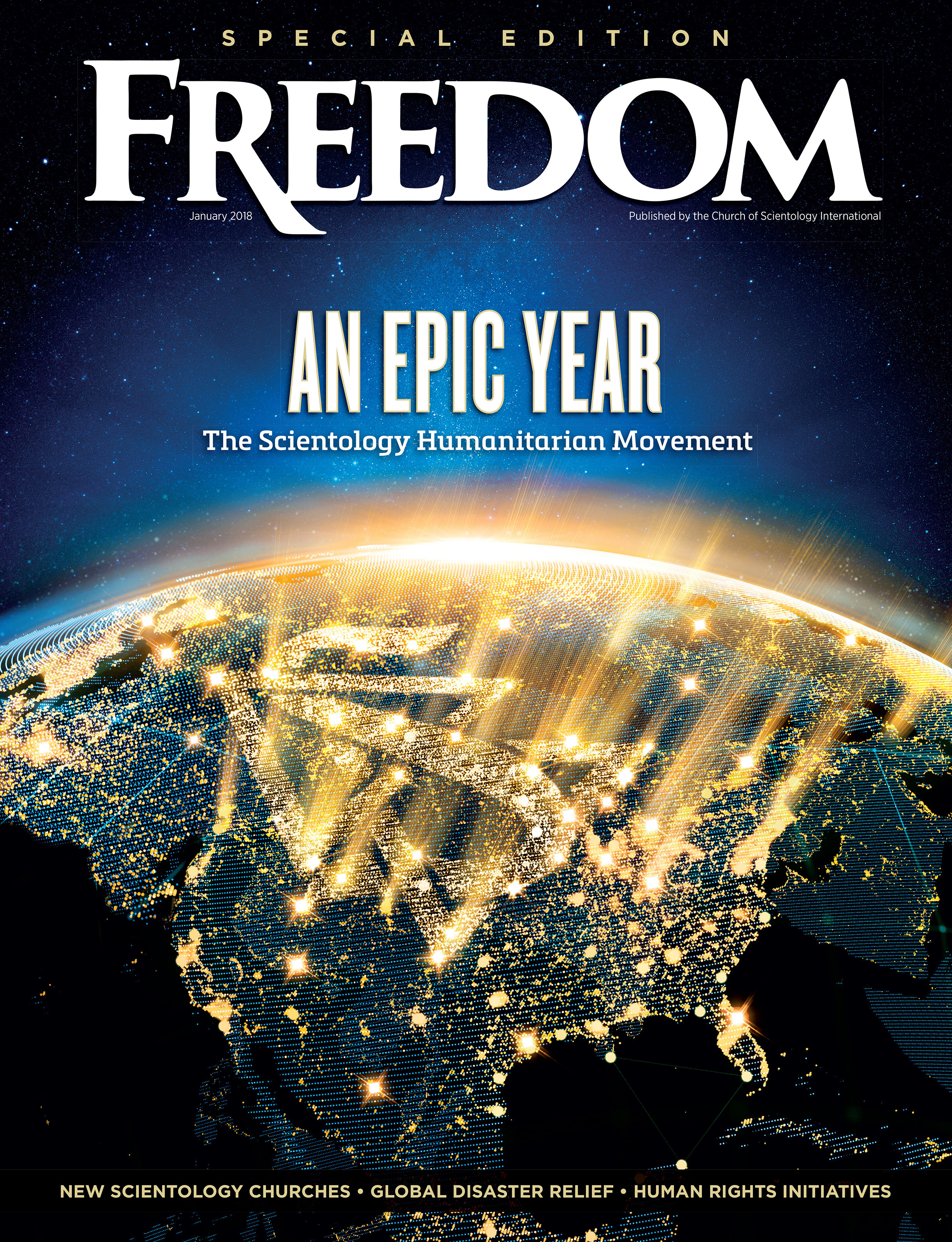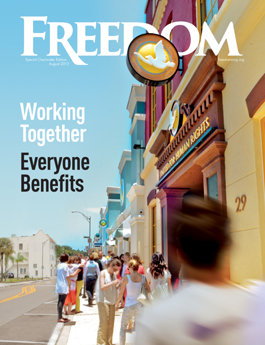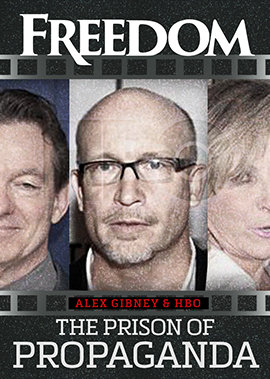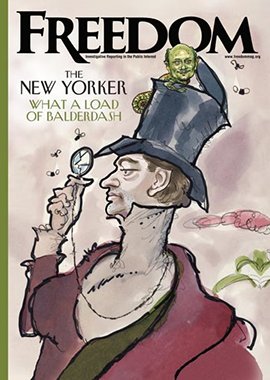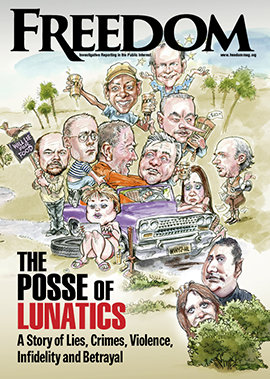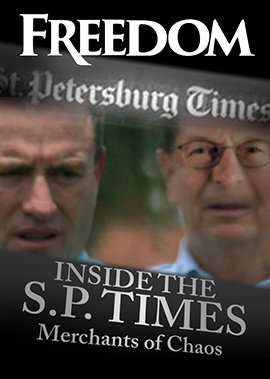Hindu scripture tells of the god Vishnu’s triumph over evil, when demons attempted to seize the sacred pitcher containing the nectar of immortality. But Vishnu, the guardian of the earth and protector of the moral order, wrested the vessel and saved immortality from falling into evil hands. In so doing, the story goes, several drops of the liquid spilled in four cities, one of which, Prayagraj, is located at the confluence of the holy rivers.
Now, 400 million pilgrims seek freedom from the endless cycle of birth, death and rebirth by celebrating Vishnu’s victory in the six-week-long festival of Maha Kumbh Mela.
“We feel peaceful here, and attain salvation from the cycles of life and death.”
Over 45 days, 5 percent of the world’s population will gather in this one place—not for war, not for politics, not for a sudden discovery of gold or diamonds, but for a spiritual dream of eternal life.
Over 45 days, the largest coming together of human beings in history will have occurred for an idea. Through prayer, ritual, charity and, above all, bathing each sunrise in the cleansing waters, they seek to make that idea a reality.

Kumbh Mela is far from an annual event, but occurs with each partial or full revolution of the planet Jupiter, approximately every six or 12 years. The most recent festival, in 2019, attracted 200 million pilgrims. This year, that amount is expected to double.
An enormous tent city—15 square miles in size—accommodates the pilgrims, complete with hospitals, kitchens, rest facilities, roads, housing, power and water.
Besides the ritual baths and prayer, the gathering is regarded as a festival of community and commerce, marked by a celebratory atmosphere and featuring entertainment and educational programs as well as lectures and discussions led by faith leaders.
But what brings all these people together is something more powerful than lectures, discussions and entertainment. As pilgrim Bhagwat Prasad Tiwari put it, “We feel peaceful here, and attain salvation from the cycles of life and death.”
Imagine the combined populations of the United States and Canada all meeting together in one spot, and you’ll still fall somewhat short of what is happening right now on the beaches of Prayagraj. Now imagine that sum of people (the equivalent of 200 times the 2 million Muslim faithful who make the annual trek to Mecca and Medina for the Hajj pilgrimage) all possessed of one hope—a spiritual one—and coming together in peace and joy, and you’ll have an inkling of the power of the promise of immortal life and release.
That 5 percent of us can come together in celebration of spirituality and hope—and do so freely and with joy—should give the 95 percent of us who couldn’t fit it into our schedules cause for celebration, too.








